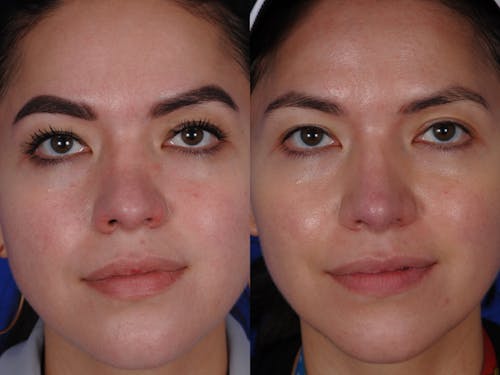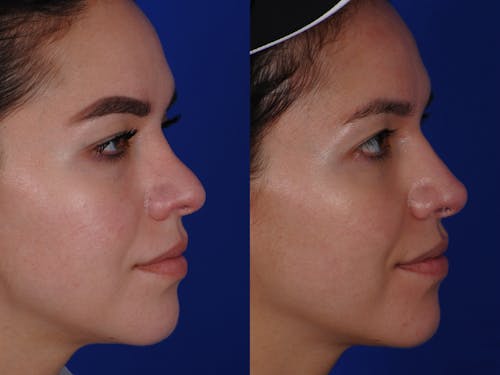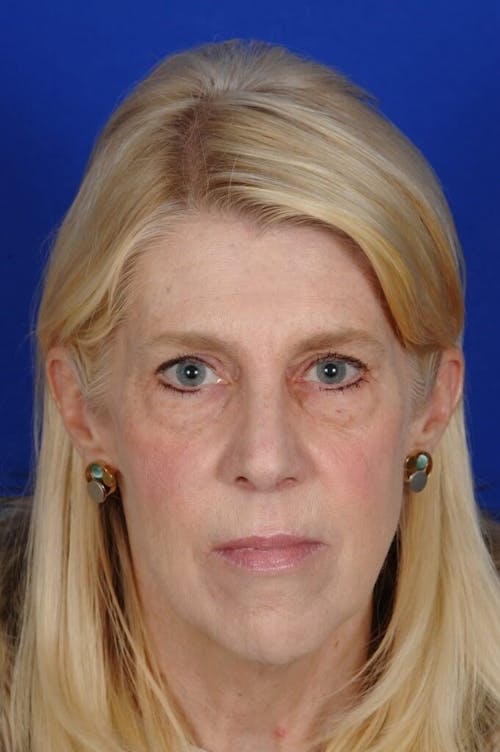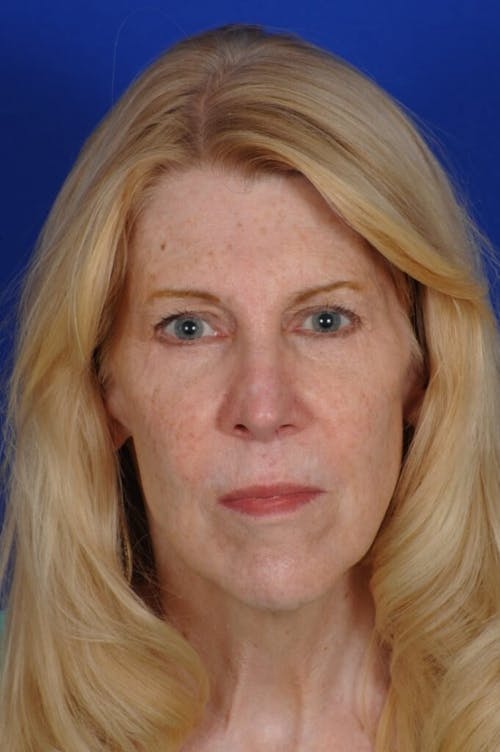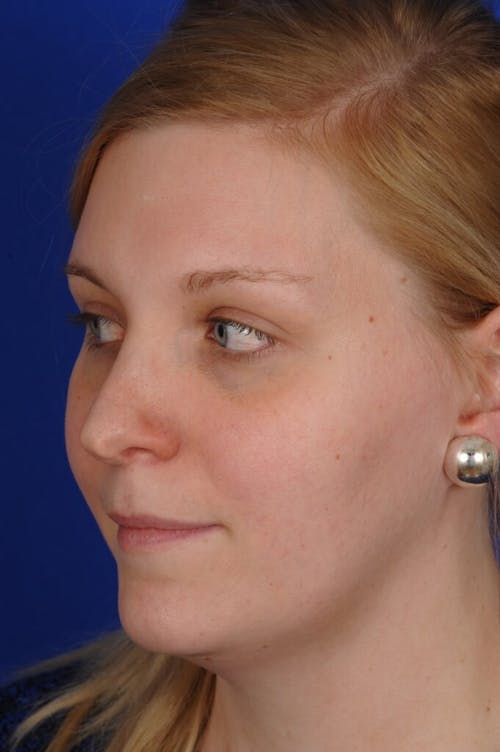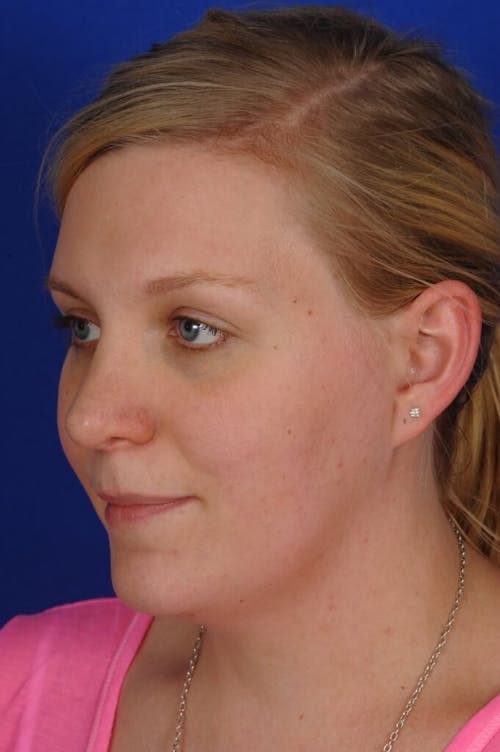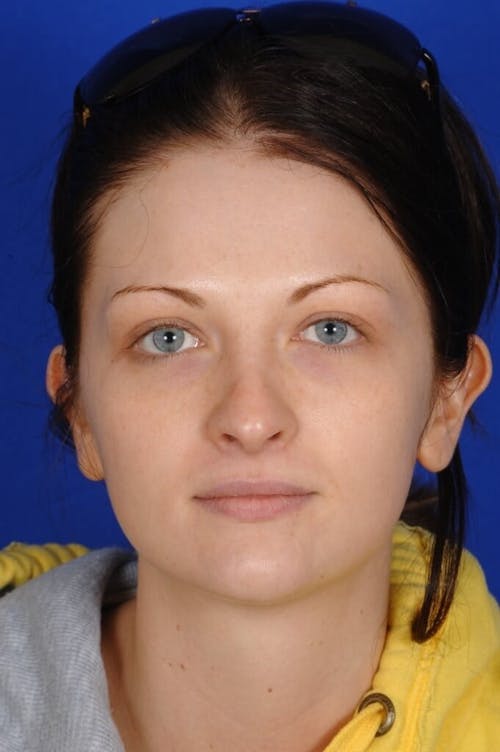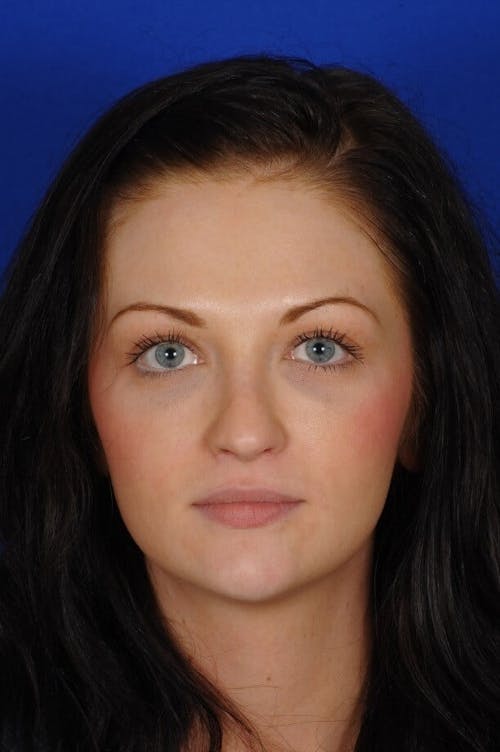Revision rhinoplasty is a procedure performed on a nose that has been operated on before, sometimes more than once. This type of rhinoplasty presents unique challenges, making it a highly specialized and complicated surgery.
Revision Rhinoplasty FAQs
Can revision surgery lead to better results?
When is cartilage grafting necessary in rhinoplasty?
How common is revision rhinoplasty?
Can revision surgery lead to better results?
An experienced nose surgeon who is trained and skilled in revision surgery will understand the dynamics behind what went wrong during the first operation and how to correct the problems with a secondary procedure. While the procedure itself can be quite complex, the results are often pleasing for the patient. When looking for a revision specialist, it is extremely important to do your research. Dr. Bridges brings decades of experience to help revision rhinoplasty patients in Richmond, VA, achieve the look they desire.
When is cartilage grafting necessary in rhinoplasty?
In some cases, cartilage grafting will be needed in order to produce the desired results. This can be done by taking cartilage and bone from another part of the body, such as the ribs, and using it to correct a certain nasal structure. Cartilage and bone grafting are usually only needed in more severe cases, including framework reconstruction.
How common is revision rhinoplasty?
Revision rhinoplasty is actually somewhat common. It varies by practice and by rhinoplasty surgeon, but some experts put minor revision rates between 5% and 15%. A large majority of these patients desire only tweaking and minor adjustments. True reconstruction and major revision cases are on the lower end of the spectrum.





